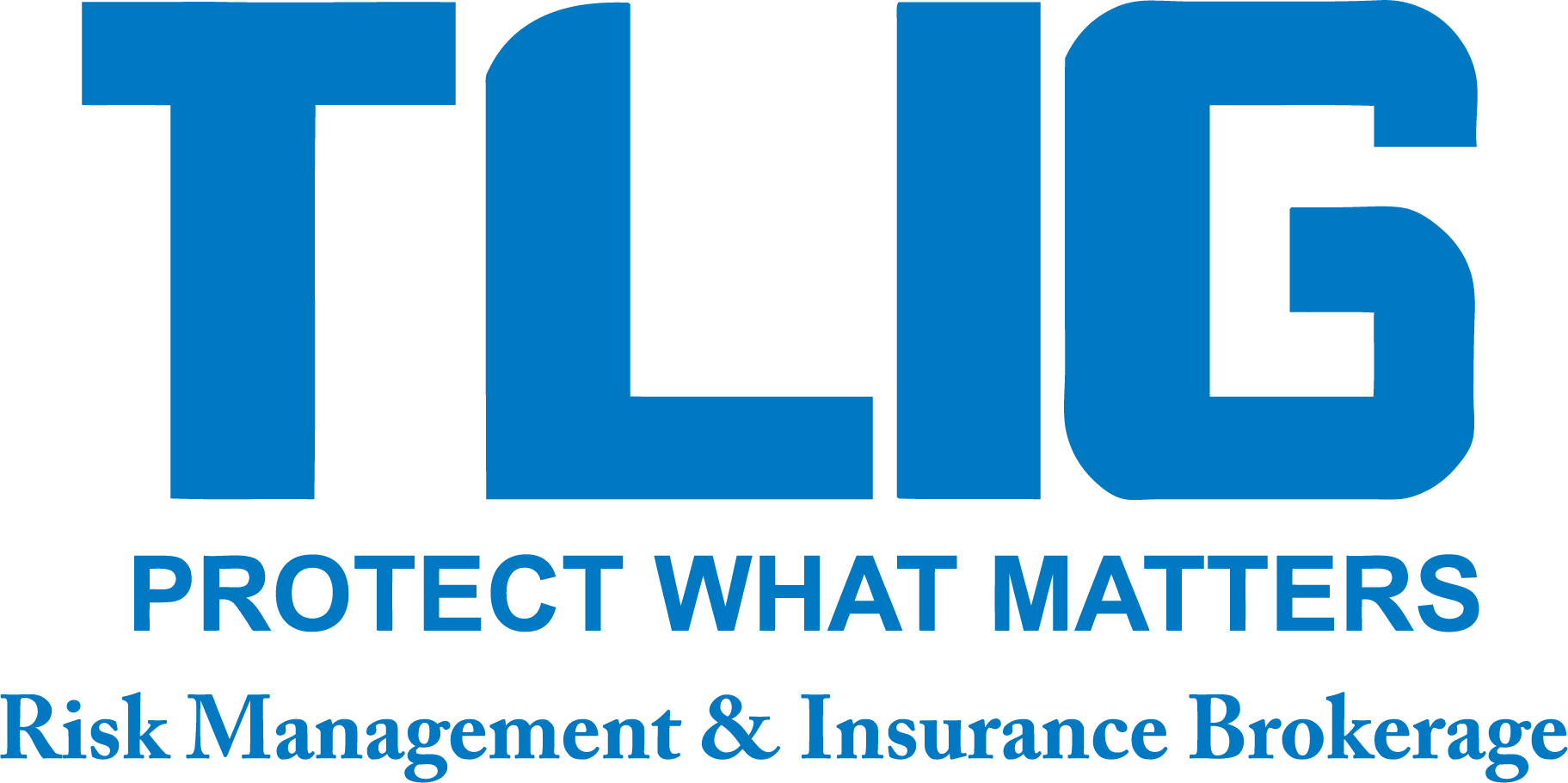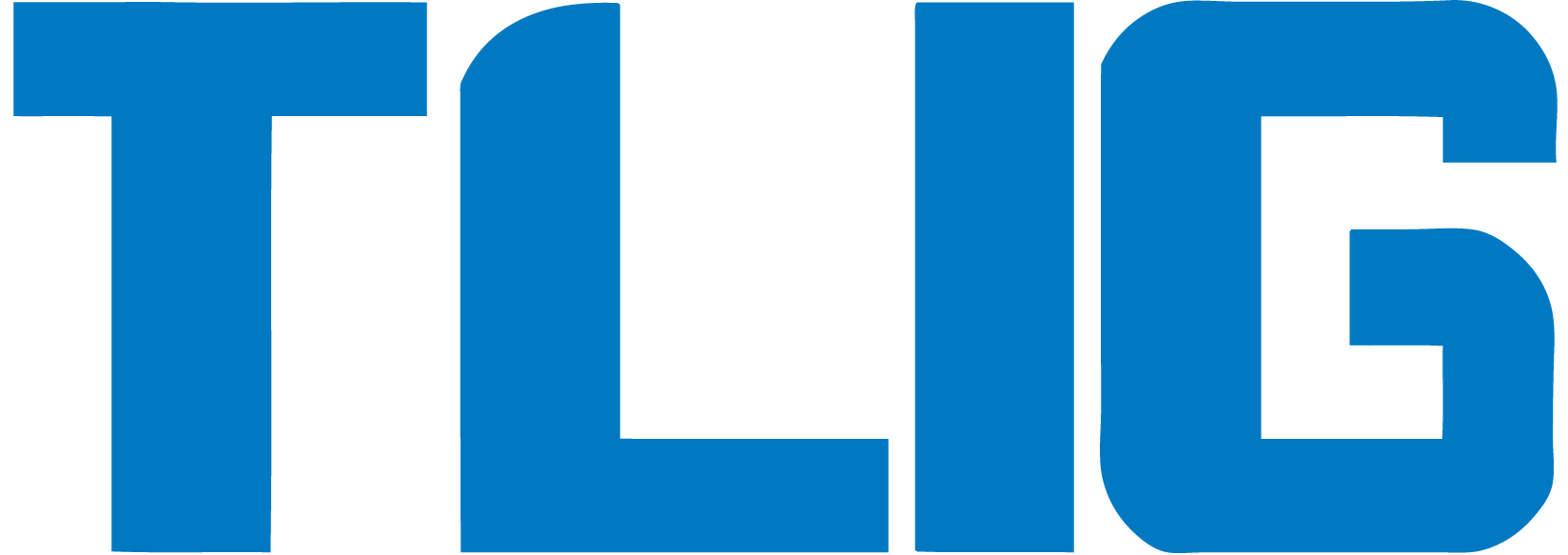Consumers spend billions on their homes. Home improvement
projects tallied to a whopping $280 billion in 2005, according to research from
the Joint Center for Housing Studies at Harvard University. The center forecasts
that home renovations will grow at a steady 3.7% rate annually through 2015,
after inflation.
What shouldn’t be lost in the excitement of adding a
bedroom, finishing a basement or updating the kitchen is your financial
security. The risk management and insurance tools available through your
Trusted Choice® insurance agent are indispensable when you’re renovating.
Be aware that home renovations add to the risks you’re facing
as a homeowner, including injuries to family, contractors and delivery workers;
fire, theft, and vandalism; and water damage. What’s more, know that you must
protect yourself from financial liability for anything that goes wrong.
It’s imperative that your homeowners and umbrella
insurance coverages are set up correctly before, during and after your
renovation project. The time and paperwork required may seem a distraction when
you’re eager to upgrade an older home, install an energy efficiency retrofit,
or renovate a rental property. But it’s every bit as important as buying the building
materials or choosing the contractor.
Before renovations start: Require
contractors to provide proof of insurance for workers compensation and
liability coverages. Your insurance agent can guide you on how to do this and
what to ask the contractor to provide.
Workers compensation insurance pays for medical and
rehabilitation expenses (and covers lost wages) if workers are hurt on the job.
Workers who are injured in your home can sue you or claim damages from you if
the contractor they work for does not have adequate coverage. (By default your
homeowners and umbrella liability policies can become their insurance coverage,
an unwelcome development for those who pay the premiums and do the claims
paperwork.)
If you need to move out during construction, notify your
agent so you can be certain that you have proper coverage for a temporary
residence such as a hotel or rented home.
Recognize that building code upgrades and market changes
may change the standard to which your renovated home is held. For example, home
alarm systems have become popular, so you may wish to add one during your
renovations. It may add to the renovation cost, but can make your home safer
and earn a homeowners insurance discount. Such decisions are generally best
considered before the project starts.
During construction: With the added risks—such as
construction accidents, fires due to power tools and open utility lines, and
strangers in the house who may be tempted to steal your property or your
identity—you may want to consider temporarily increasing homeowners and/or
umbrella policy limits and/or changing the deductible.
After the project is finished: Home improvements can increase the
market value and replacement cost of your home. Your agent can guide you to
proper insurance coverage levels for homeowners and umbrella policies. At that
time, you may want to also ask about guaranteed replacement cost coverage for
your homeowners policy.
The renovated or expanded space in your home may fill up
with new furniture, exercise equipment, electronics, and appliances. Track
those purchases with receipts and a written or electronic home inventory.
Additionally, check the coverage in your homeowners policy for personal
property, as this may need to be adjusted as well.
Talk to your insurance
agent to be sure your home is properly insured at all stages of a home
renovation project.
TLIG is a local Trusted Choice®
agency that represents multiple insurance companies, so it offers you a variety
of personal and business coverage choices and can customize an insurance plan
to meet your specialized needs.
You can visit TLIG online at www.tligins.com
or call us at (434) 582-1444.

